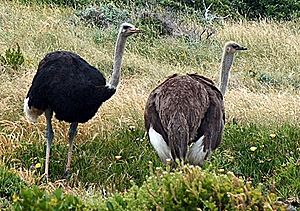Diurnality facts for kids
Diurnality is a fancy word for being active during the day! It describes how some animals and plants are busy when the sun is up, and then they rest or sleep at night. Think of it like your school schedule: you're active during the day and sleep at night.
Animals decide when to be active based on things like how warm it is, if they can see their food, or if predators are around. For example, some animals might hunt during the day because it's easier to spot prey.
Not all living things are diurnal. Some animals are active at dawn or dusk (these are called crepuscular), while others are busy only at night (these are nocturnal). A few are active at random times day or night (these are cathemeral).
Plants can also be diurnal. This means their flowers open during the day. They do this to attract pollinators, like bees, who are also active during the day. For example, sunflowers open when the sun is out to welcome bees. Other plants, like the night-blooming cereus, open their flowers at night to attract night-flying insects like large sphinx moths.
Diurnal Animals

Lots of animals are diurnal! This includes many mammals, insects, reptiles, and birds. You probably see many diurnal animals every day, like squirrels, butterflies, and most birds.
Sometimes, an animal might change when it's active. For instance, some animals might be nocturnal (active at night) in the summer when it's hot, but switch to being diurnal (active during the day) in the winter to stay warmer. This helps them find food and stay safe.
Even some animals that are naturally nocturnal or crepuscular, like dogs and cats, have changed their habits because they live with humans. They've learned to be more active during the day to match our schedules. However, if these animals are born wild, they might go back to their natural nighttime activities.
Diurnal Plants
Many plants are diurnal, meaning their flowers open during the day. This is usually because their favorite pollinators, like certain insects, are most active when the sun is out. The plant "knows" when its best helpers are flying around, so it opens its flowers at just the right time to get pollinated.
For example, the baobab tree has flowers that start to bloom in the late afternoon. These flowers are pollinated by fruit bats, which are active at night. The flowers then die within 24 hours.
Images for kids
-
Steppe eagles are diurnal, and hunt during the day.
See also
 In Spanish: Diurnalidad para niños
In Spanish: Diurnalidad para niños




